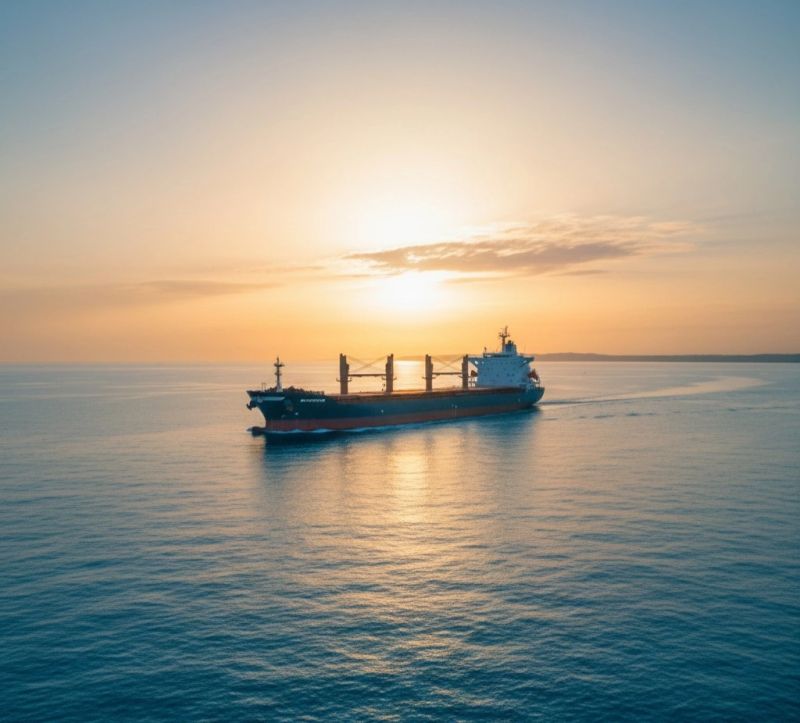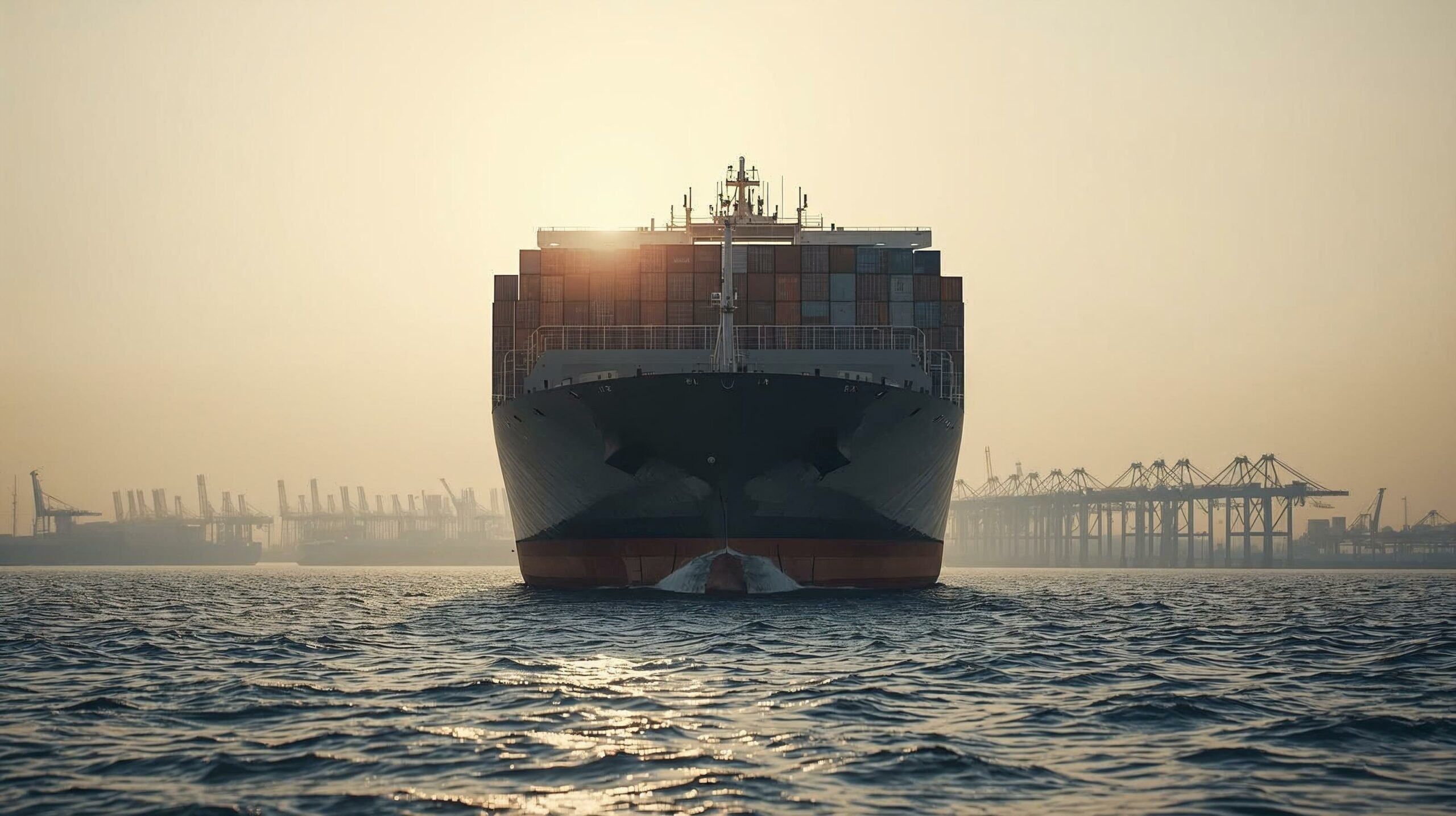
What Does (Form A) Really Mean?
It’s not just a clean inspection report. It’s a statement of awareness, discipline, and operational integrity, granted to a vessel

Maritime transport remains the backbone of global trade. While many classic facts are still valid, there are new milestones, challenges, and transformations worth knowing. Here are 10 key figures and trends for 2025:
1. Over 80% of world trade volume travels by sea
In 2025, maritime transport handles more than 80% of internationally traded goods by volume, underscoring its central role in the global logistics chain.
2. Structural shift: dry cargo surpasses liquid cargo
Although liquid bulk (e.g., oil) historically dominated maritime trade, its share has decreased: in 2023 it represented around 18%, while dry bulk rose to ~36%.
3. Recent decline in traffic in some markets
In Colombia, during the first quarter of 2025, exported maritime cargo volume fell by about -6.1% and imported volume by -5.5% compared to the same period the previous year.
Similarly, the number of merchant vessel arrivals dropped by -3.9% year-on-year.
4. Impact of tariffs and shifts in trade routes
U.S. imports from China fell by 64% in a specific stretch of 2025 in response to tariff adjustments.
At the same time, projections suggest that U.S.–Asia export routes could shrink by up to 40% in certain maritime corridors.
5. Giants of the sea: new capacity records
In 2025, the vessel One Innovation set a record by transporting 22,233 standard containers (TEU) in a single voyage.
These extreme sizes allow economies of scale but also pose logistical challenges, such as requiring special cranes and ultra-efficient ports.
6. Green innovation gaining ground in Spain
The Spanish maritime sector is advancing in its energy transition: preparations include electric ferries, suction sails (a hybrid technology), and OPS systems (onshore power supply for ships at port) in major hubs like Barcelona and Cádiz.
For example, a new international line of fast electric ferries between Tarifa and Tangier has already been announced.
7. Strategic ports with notable activity
The Port of Algeciras handled more than 25 million tons of goods in the first quarter of 2025, though this represents a 6.5% drop compared to the previous year.
Within that volume, containers reached 1,049,564 TEU, a decrease of 10.6%.
8. Risks and incidents: accidents on maritime routes
In March 2025, a collision occurred in the North Sea between the oil tanker MV Stena Immaculate and the container ship MV Solong. One of the vessels was carrying jet fuel.
This incident highlights the importance of safe operations, constant monitoring, and regulations that minimize environmental risks.
9. Market consolidation: a few shipping lines dominate
In 2025, the maritime market remains concentrated: about ten companies control more than 85% of global traffic on major routes.
Shipping alliances are being reshaped to optimize routes, cut costs, and respond to geopolitical challenges.
10. Digitalization and sustainability as pillars of change
The adoption of technologies such as big data, IoT, fuel consumption modeling, and AIS monitoring is accelerating to optimize routes, improve efficiency, and reduce emissions.
A recent example: studies are using machine learning to classify ship types in straits using only AIS data with high accuracy.
More information at:
GRUPO STIER
Shipping agent
P&I Correspondents, loss adjusters.
+ 34 607 55 29 27
+ 34 650 24 75 74
www.stier.es
pandi@stier.es
agency@stier.es

It’s not just a clean inspection report. It’s a statement of awareness, discipline, and operational integrity, granted to a vessel

Publication by Enrique Sanmartín Gómez in Mar The approval of the Maritime Navigation Regulation (RONM) drives the digitalization of procedures,